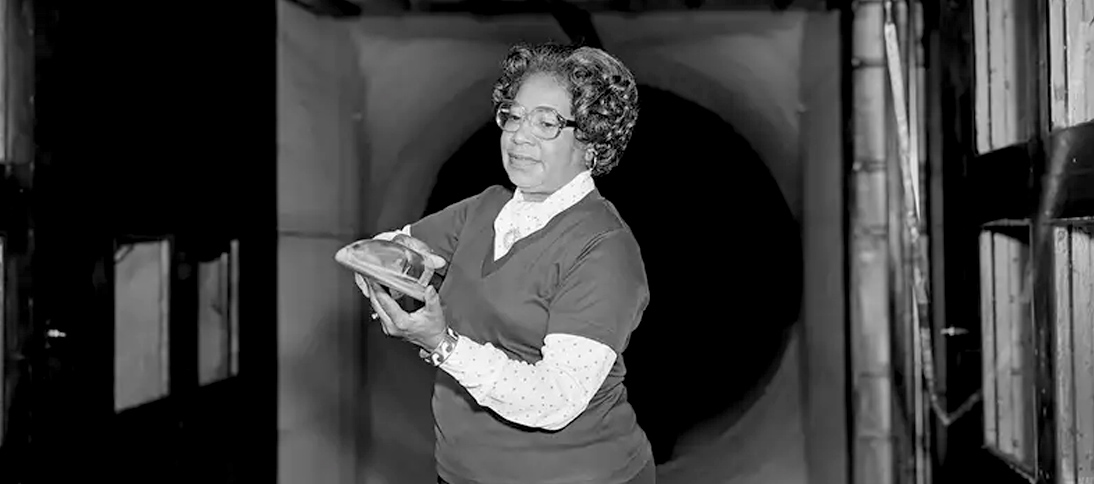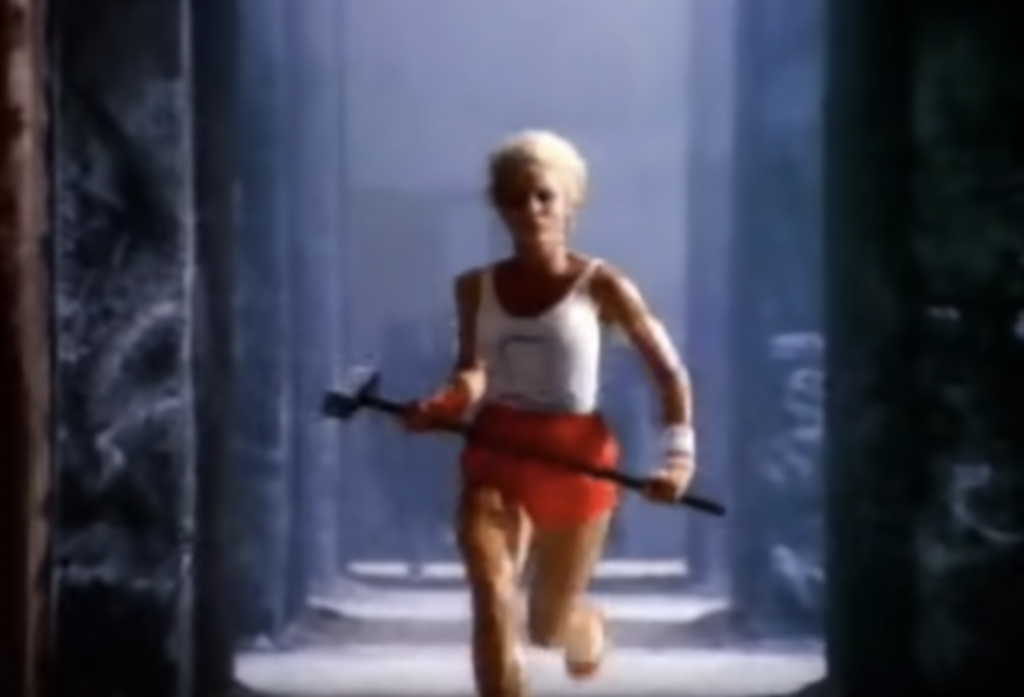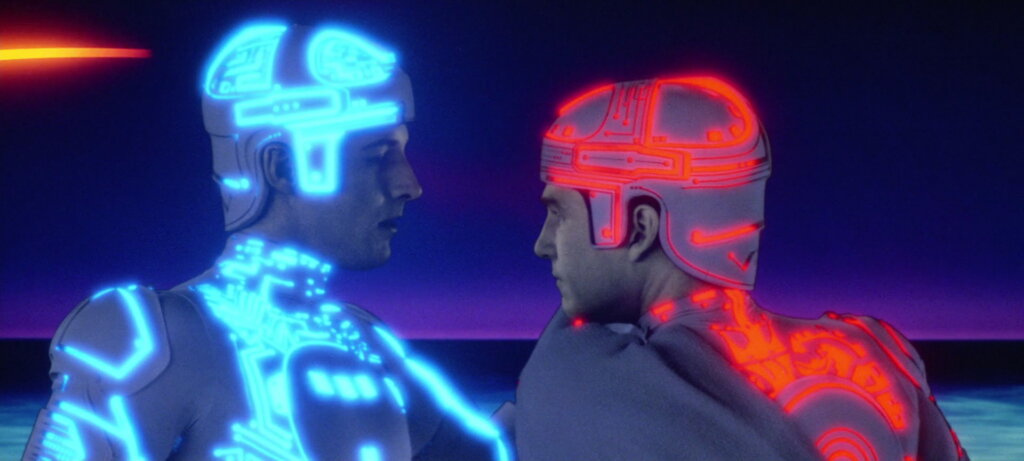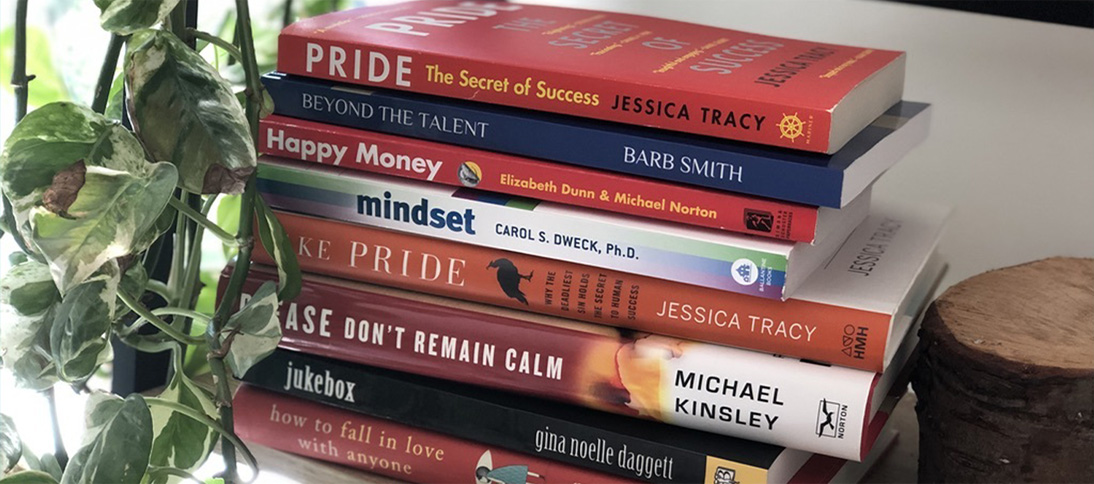If your first thought after hearing the words ‘computer programmer’ has you imagining a geeky guy in Silicon Valley, you’re not wrong. In 2018, women only held 20% of jobs in tech… even though the field of computer sciences was initially female-dominated. Yep, you read that right. Despite what the boys in Silicon Valley will have you think, women coders have been around since day one.
This makes computer sciences (CS) the only industry that once saw women as a large number of the workforce (nearly 40%), only to undergo a male tech takeover years later.
Female coders in WWII
In the 1940s up until the 1960s, women. ran. CS.
During World War II, thousands of women were code-breaking for the allies, and in the 50s, a team of black female programmers at NASA were making global advancements that set the stage for Margaret Hamilton to send men to the moon. In other words, women have been coding.
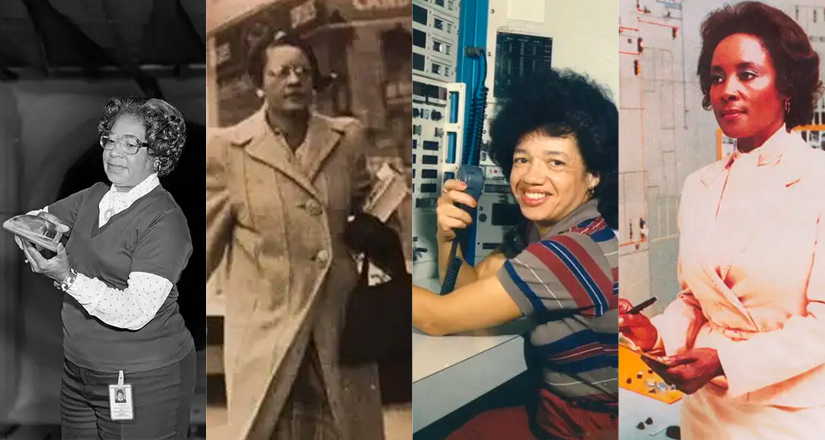
According to US government statistics, by 1960, over one in four programmers were women. This might not seem like a large number—it’s not even half of the industry. However, given the politics of women working at the time, this was extremely unusual. Women could be fired for being pregnant, could only apply for a credit card with their husband’s approval, and they could not even serve on a jury—so women making up over 25% of the computer sciences industry was a big deal. Thankfully, women were rewarded graciously by society for their extremely hard work in WWII and NASA’s early space programs.
Psych! History shows we’re not good at giving women even the most basic recognition. This is why you’ve likely never heard that women invented coding. If you do some Googling, you’ll find Ada Lovelace, the first computer programmer, and she was very much so NOT a tech bro from Silicon Valley.
60’s sexism
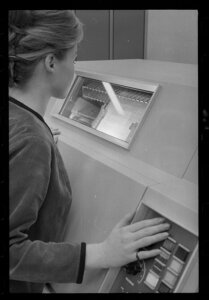
Historically, computer programming was seen as a woman’s job. Men used the ‘worker bee’ analogy to label the profession ‘fit for women’. Men at the time saw coding as a monotonous, dull job that women could be trusted with thanks to its supposed basic and repetitive nature. Ha. Let’s all laugh at that one together!
It gets worse. Women pursuing computer sciences appeared in the media as unfeminine and unattractive. Men were afraid of our brains, so they made fun of our clothes. Sadly, this still happens today.
One popular magazine from 1962 disgustingly asserted that a woman applying for a CS job “wears flat shoes, and she is a little cross-eyed…. Her figure resembles a full potato sack. Her dress and makeup indicate that she is a solid, plain-thinking person with no frills at all.”. If that makes you feel equal parts angry and shocked, join the club.
So, how did we go from women in the 1960s making up over 25% of the computer sciences workforce, to more than 50 years later women barely made up 20% of jobs in tech? More terrified liars writing magazine articles, perhaps!?
Tainted love – welcome to the 80s
Something happened in the 80s.
By 1985, women made up nearly 40% of the computer science industry.
If only we took a picture because it didn’t last long.
The late 80s showed a decline in female coders for the first time since computers had existed. So, why did the late 80s start the first decline in female programmers? Were women simply too busy obsessing over John Cusack to keep up with their important programming work? Spoiler alert: NO.
Girls just want to have computers
Obviously, women can both enjoy Cusack films and proficiently push code. So what’s the deal!?
As computers became smaller and more available to the public, fathers started buying them for their sons. Specifically, when we look at the years after 1985, there was a prominent drop-off in women pursuing CS majors post-secondary. This looks bad because of Sixteen Candles, but bear with us: around this time, computers were being mass-marketed to boys.
It’s hard to imagine now with smartphones giving us global access to information, but the first computers in the 80s really couldn’t do much. They were marketed as toys for boys. In 1984, Apple aired their first Macintosh commercial, featuring a beautiful blonde woman running in to save a post-apocalyptic-looking group of people from a Big Brother-esque figure on a large screen. She was lean, wore tiny sports shorts, and seemed to embody the preferred feminine archetype at the time. This style of marketing could have signaled to viewers that the traditional feminine woman did not belong in the computer/tech space, and was seeking to destroy? It’s up for interpretation, but we do know Apple and other companies were not going out of their way to market to women. In fact, the opposite is true.
Commercials targeted men because at the time they had most of the buying power when it came to big purchases. Even though computers didn’t do much back then, they were very expensive, and the sexist culture of the 80s meant most women would never buy something like that without consulting their husbands first.
Ads mostly portrayed men using computers, and this style of marketing carried into the 90s too.
Thus began the “bro” culture of dads playing computer games with their sons and encouraging them to learn basic coding, while intrigued sisters and wives admired from afar. The birth of bro-bonding and computers was taking off. How vanilla. Boys got computers in their rooms, and the girls were subliminally told to pursue other things.
In the past, women who were coding in the 60s had never even seen a computer before starting their jobs. That’s because home computers weren’t yet available, and since CS was seen as a woman’s industry, having prior experience wasn’t necessary. As technology advanced and computers became more affordable in the 80s and 90s, women pursuing or currently working in coding were now competing with the boys who had an unfair advantage, years of experience using personal computers.
As The Buggles would say, Video killed the programming star
The larger culture caught on quick to boys using computers and pushed out an onslaught of films and TV shows depicting male leads in computer genius roles. Movies like War Games, Tron, and Revenge of the Nerds portrayed men as nerdy, smart computer hackers that could save the world and get the girl.
The female characters weren’t nearly as exciting, one-dimensional love interests, amiable mothers or – even worse – depictions of ‘nerdy’ computer girls who were socially inept. And we wondered why young girls didn’t jump at the chance to pursue computer sciences?!
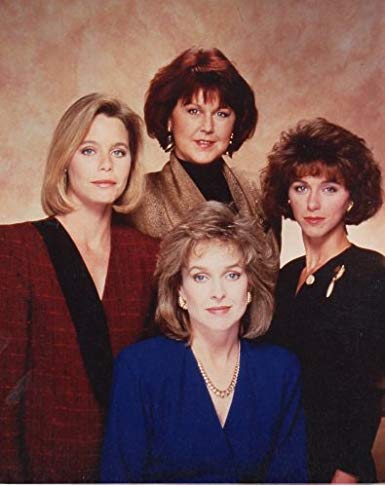
At the start of the 90s, women took the media’s cue and were taking law school by storm. This effect wasn’t isolated, either: the number of women pursuing medicine and physical sciences began to grow around the same time. By the year 2000, almost half of all law, medicine and physical sciences students were women. In CS, just 28% were women.
The lack of diversity in tech hurts us all
When apps and technology are being developed by a disproportionately privileged and small group of our society (Cis-gendered, heterosexual, white males) we start to see things like racist and misogynist algorithms, ridesharing apps that don’t safely serve people of color, early photography being built only to capture white people and video games that are made to train men to confidently harass women in public. No, we did not make up that last one.
There is abundant evidence and extensive research which shows that diversity makes companies and products better. And more specifically, research shows women are considered to be better coders than men, but only if they hide their gender.
No more shoulder pads and power suits
We’re not in the 80s anymore. While we have a lot of work in front of us to correct the unfair disparities of the past, we are making headway.
Presently, more than half of computer science grads are women, according to a 2018 report.
Hubs like Women Who Code, Hire More Women in Tech and the Society for Canadian Women in Science and Technology help to provide resources and information, to both encourage women presently working in programming, and support those considering the tech industry. They also aim to close the whopping 61% gender pay gap in Silicon Valley.
Read that again: There is a 61% pay gap between men and women who code in Silicon Valley.
We are living in a world where in some spaces, men are valued 61% more than women.
This is not our truth
If you can see it, you can be it. At BSTRO, women lead. Our development team is 75% female. This means every piece of code that is being built at our agency goes through at least one of the many talented female programmers on our squad. We didn’t purposely hire female coders; we looked for the best. Guess what? We found them, and they happened to be women.
Things are looking more promising for the future, too. With popular movies and shows like Buffy the Vampire Slayer, Criminal Minds, The Girl with the Dragon Tattoo and Hidden Figures spotlighting smart, fierce women who are computer geniuses, you can hope that young girls are watching this content while envisioning themselves at the keyboard, too. And that’s something we think the women of the 40s would be proud to see.
Foster female tech in your life
If you have a daughter, niece, or cousin, you can help encourage them to pursue tech or general STEM by doing the following:
- Introduce them to STEM-promoting games like this website with free coding games for girls.
- Scrap the misogynist history books and give them the actual facts about women like Katherine Johnson, Dorothy Vaughan, Mary Jackson and more presently, Karen Uhlenbeck.
- When buying birthday or holiday gifts, pick from the many amazing STEM toys.
Just as you would fix that broken piece of code, we have to fix this broken piece of culture. It takes time, patience and the right resources. But just as the coding queens who came before us proved, it can be done!
